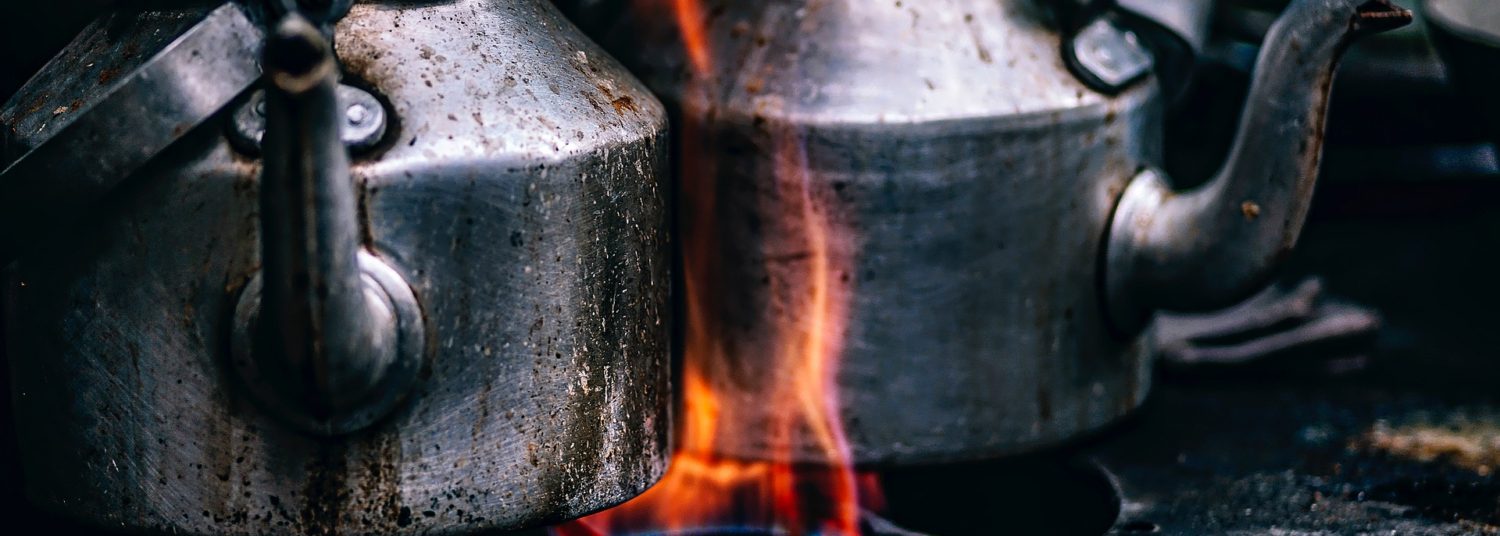Podcast: Play in new window | Download
Subscribe: RSS

The history of gingerbread houses is fascinating. This time of year always makes me think of the treats of the season. Nothing screams Christmas like a gingerbread house. I have great memories growing up of making simple gingerbread houses. I remember being nice and warm inside while the snow was falling outside. However, our gingerbread houses were not made from gingerbread. We used graham crackers instead of gingerbread. My siblings and I had a blast. I think more candy ended up in our mouths than on the houses. Furthermore, I t was a lot of fun. Gingerbread houses are everywhere this time of the year. Have you ever stopped and wondered why?
A Fascinating Gingerbread Legend
There is a fascinating medieval Christian legend that expands the account of the birth of Jesus. It also sheds some light on how gingerbread houses relate to Christmas. In this legend, there were four wise men that set out to visit the baby Jesus. However, one of these wisemen got sick and ended his journey in a city in Syria. A local Rabbi watched over and cared for him during his illness. The Rabbi told him of the prophecies that foretold a great King who was to come to the Jews. Furthermore, the prophecies stated that he would be born in Bethlehem. In Hebrew, Bethlehem means house of bread.
This Rabbi had a custom with his young students of making houses of bread to eat over time to remember these prophecies and the Messiah that was to come. However, when it came time for the wiseman to leave, he left his kingly treasure with the Rabbi. You might be wondering what this treasure consisted of? Ginger root!
The wiseman suggested that the Rabbi grind up the ginger root and mix it in with his bread. In a very literal sense, the gingerbread house was born.
The Real History of Gingerbread Houses
Now I have to remind you, this was a legend and not a historical record. However, this legend is a great story that must be told when the history of gingerbread houses is discussed. This story came from a greek document from the 8th century. It is presumed it was Irish in origin and translated into Latin.
Gingerbread as we know it today came to Europe in the 11th century. Crusaders brought back ginger and other spices from their wars. It didn’t take long for these exotic spices to find their way into bread. Monks in Franconia, Germany were recorded as shaping gingerbread into various shapes in the 13th century. Shaping gingerbread was slow to catch. However, it eventually grew in popularity and spread through Germany and into Europe at large.
Special bakers were tasked with baking gingerbread. They held a special place in various bakers guilds. In the 17th century only professional bakers were allowed to bake gingerbread except for Christmas and Easter. During these holidays anyone was allowed to bake gingerbread.
Before we had gingerbread houses, gingerbread took a variety of shapes. However, these weren’t your mother’s gingerbread men. These were elaborate works of art made by these master bakers. They were painstakingly detailed. Hearts, stars, soldiers , babies, trumpets and animals were just a few of the shapes that made their way to specialized gingerbread shops.
1800s to Today
Gingerbread houses made their appearance in Germany in the early 1800s. However, historians are split on how gingerbread houses came to be. Furthermore, some historians believe that gingerbread houses were inspired by the Grimm Brothers tale of Hansel and Gretel. That after the story was published, German bakers started making detailed gingerbread fairy tale houses. Other historians believe the Grimm Brothers were speaking about something that already existed.
Regardless of the origin, gingerbread houses became popular during Christmas. This tradition spread to America with the Pennsylvanian German immigrants.
Finally, that brings us to where we are at today. Constructing gingerbread houses has become a major tradition for many families throughout the world. What is the craziest gingerbread house you have ever seen? If you have a few minutes, spend some time looking through images on google. It’s crazy what some people are able to do with a little gingerbread and a lot of imagination.
Did You Like Learning About Gingerbreadhouses? Subscribe!
This is just one example of the type of show I put together each week. If you liked learning about food history, make sure you subscribe today!
You can use these links to subscribe to the show!
Don’t see the podcast in your pod catcher? Email me at toastykettle@gmail.com. I will add it. Furthermore, leave a note in the comments or send a message to toastykettle@gmail.com.
Follow Me On Social Media
Learn more fun facts about food history by following me on social media.
Know A Restaurant or Business I Should Interview??
The world is a very big place. However, if you have a restaurant contributing to food history in some way, I want to know about it. Finally, complete the form here and we will make it happen!
